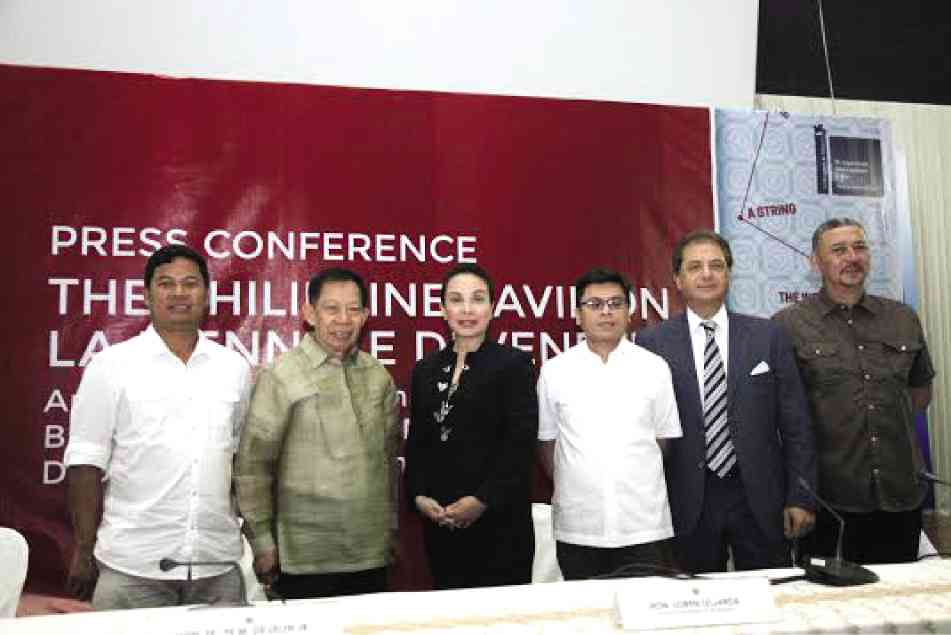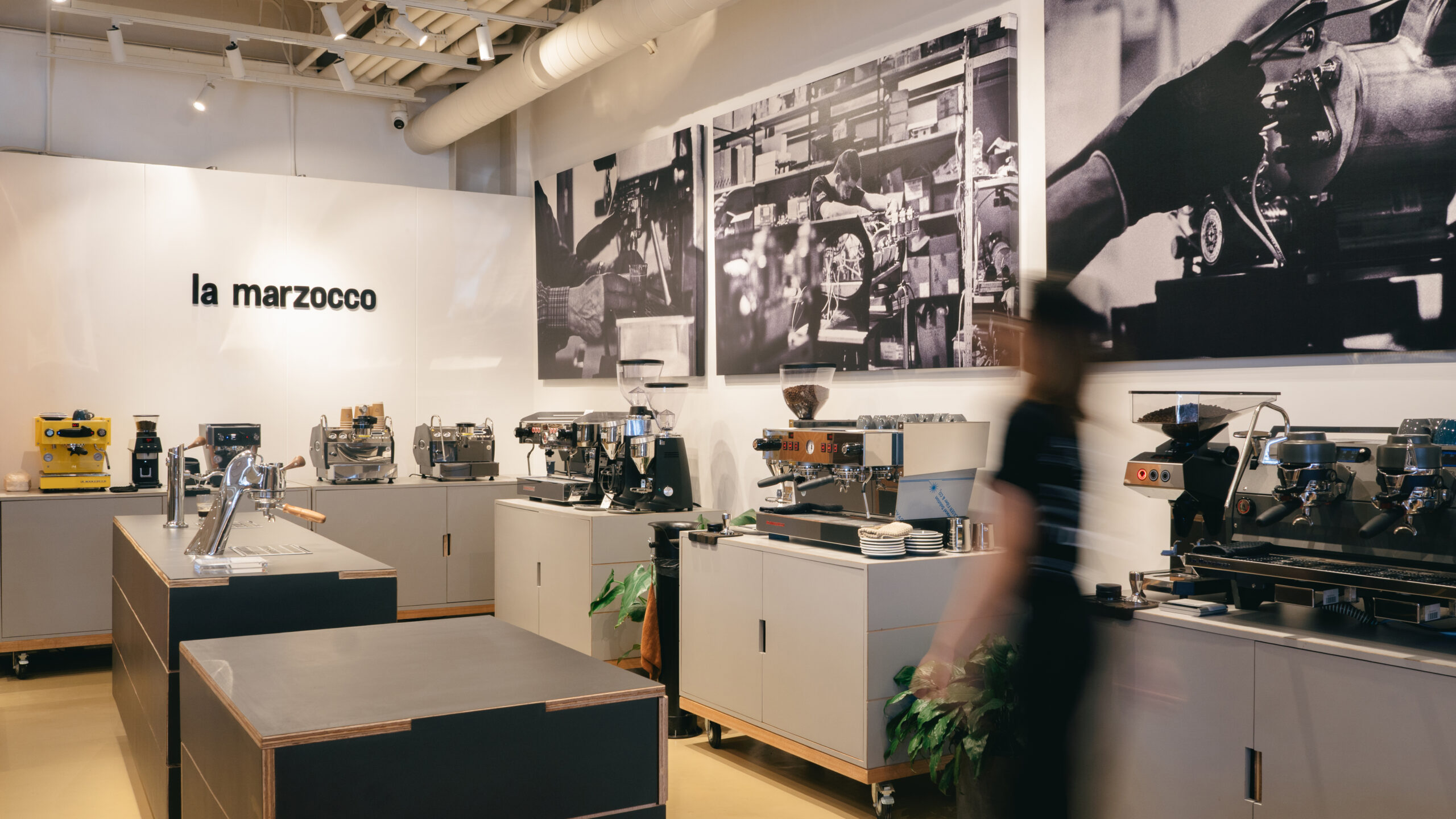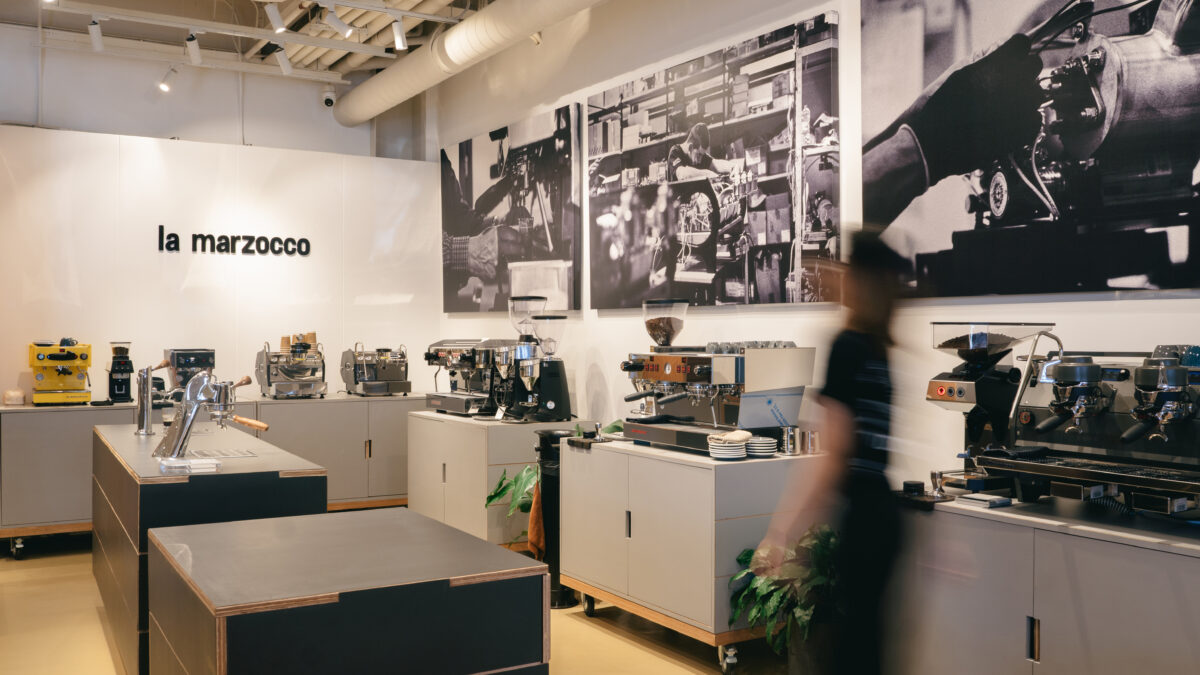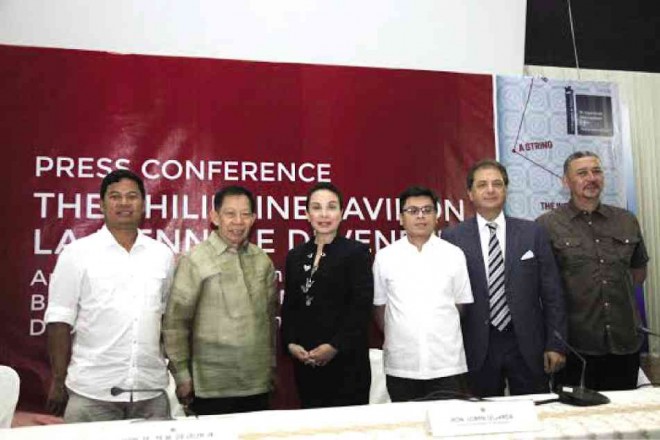
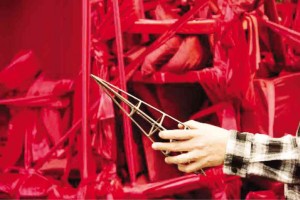
Over a decade after its last participation in the Venice Art Biennale, the Philippines will return to the art event with “Tie a String around the World,” an art installation whose governing concept is distilled from the 1950 Filipino film “Genghis Khan,” helmed by National Artist Manuel Conde. It was shown in the Venice International Film Festival in 1952 to much acclaim.
Curated by Patrick Flores, art curator and professor of art studies at University of the Philippines, the concept of the installation was chosen from 16 submissions last year by a panel of jurors that included National Commission for Culture and the Arts (NCCA) chair Felipe de Leon Jr.; Sen. Loren Legarda; art critic Cid Reyes; Mami Kataoka, chief curator of the Mori Art Museum in Tokyo; New York-based sculptor and photographer Paul Pfeiffer; and Renaud Proch, executive director of the New York-based nonprofit Independent Curators International.
Conversation
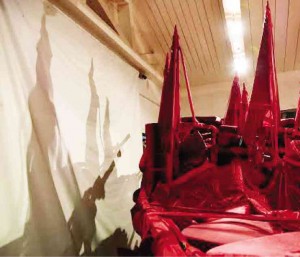
The pavilion has a total land area of 153 square meters and will display the installation that, according to Flores in a press conference at the Department of Foreign Affairs, looks at the “links between geography and politics, and the notions of nation, territory and archipelago” through a “conversation” between Conde’s newly restored film and the contemporary works of intermedia artist José Tence Ruiz and filmmaker Mariano Montelibano III.
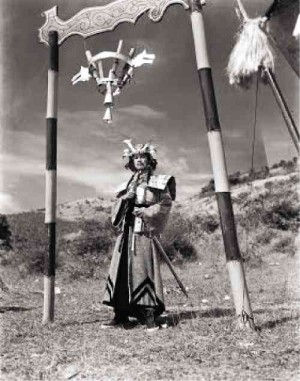
In 1952, the Filipino film co-written and designed by Carlos “Botong” Francisco (who would later be named national artist) was shown at the Museum of Modern Art and at the Venice Film Festival.
Two years later, the Philippines would join the 32nd Venice Art Biennale with painter José Joya and sculptor Napoleon Abueva. Both eventually became national artists as well.
“As the Philippines renews its participation in Venice, so is the film revisited as a trajectory into the very idea of Venice as a site of convergence and also of dispersal,” Flores said.
Territory, border
He also noted that the film about a “king of kings” and the formation of his empire that stretched from the Pacific to Europe “offers an opportunity to reflect on the condition of the world today.”
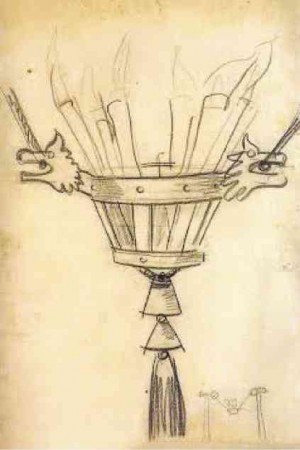
The pavilion, he added, has the “potential to initiate a conversation on the changing configurations of this world—on the volatile meanings of territory, country, nation, border, patrimony, nature, freedom, limit and the ‘present passing.’”
“Shoal” by Ruiz connects to Conde’s film through haunting images of the BRP Sierra Madre, a Vietnam War vintage vessel, now deliberately beached at Ayungin Shoal to stress the country’s claim against Chinese intrusion.
Flores said Ruiz’s work “evokes the spectral ship… as well [as] the fabled mountain range… through his assemblages of wood and other media that morph from cart to cathedral and other intricate structures.”
Montelibano presents “A Dashed State,” a “multichannel” video that chose the West Philippine Sea as setting and features bucolic life in a Southern Palawan locale where Chinese radio frequencies intrude into local band signals.
“It is difficult to contemplate the form of this video at this point,” Flores warned, “but it may well avail of ethnographic and documentary techniques that scan the horizon of the West Philippine Sea and probe the depths of lives in that part of the archipelago that is claimed by countries like China and Vietnam.”
Along with De Leon and Legarda, Foreign Secretary Albert del Rosario and Italian Ambassador to the Philippines Massimo Roscigno were also present at the conference where Flores’ curatorial proposal was formally unveiled.

